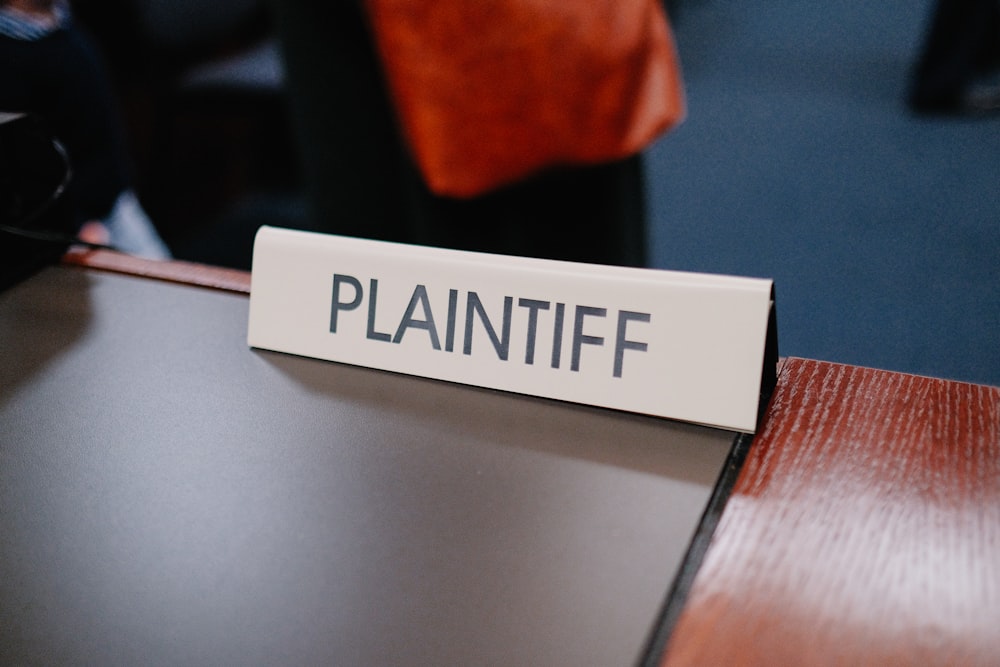Introduction
Understanding the essential elements of crime is crucial for navigating the legal landscape effectively. In this article, we’ll delve into the key components that constitute a crime and provide valuable legal insights into their interpretation and application.
Defining the Elements of Crime
The elements of a crime refer to the specific components that must be present for an act to be considered criminal. These elements typically include conduct, mental state, causation, and attendant circumstances. Understanding each of these elements is essential for prosecutors, defense attorneys, judges, and jurors in determining guilt or innocence in criminal cases.
Conduct Element
The conduct element of a crime focuses on the physical act or behavior that constitutes the offense. This element answers the question of what the defendant did to violate the law. It is essential to establish the precise actions or omissions that form the basis of the criminal charge. Without the conduct element, there can be no crime, as criminal liability hinges on the defendant’s behavior.
Mental State Element
In addition to the conduct itself, the mental state of the defendant, also known as mens rea, is a critical element in establishing criminal liability. Mens rea refers to the defendant’s state of mind at the time of the offense and their intention or knowledge regarding the criminal act. Different crimes may require varying levels of intent, ranging from purposeful conduct to recklessness or negligence.
Causation Element
The causation element of a crime establishes the link between the defendant’s conduct and the resulting harm or consequence. It requires demonstrating that the defendant’s actions were the direct cause of the prohibited outcome. Proving causation is essential for holding the defendant responsible for the consequences of their actions and establishing a causal connection between the conduct and the harm suffered by the victim.
Attendant Circumstances
Attendant circumstances are the surrounding facts and conditions that accompany the commission of a crime. These circumstances may include time, place, and specific conditions necessary for the offense to occur. Understanding attendant circumstances is crucial for accurately characterizing the offense and determining whether all elements of the crime have been satisfied.
Legal Interpretation and Application
The interpretation and application of the essential elements of crime are subject to legal analysis and interpretation by courts and legal scholars. Courts consider case law, statutes, and legal precedent to determine the elements required to establish criminal liability in specific cases. Legal scholars debate the nuances of each element and its application in different factual scenarios, contributing to the evolution of criminal law jurisprudence.
Burden of Proof
In criminal cases, the burden of proof rests with the prosecution to establish each element of the crime beyond a reasonable doubt. This high standard ensures that defendants are not convicted based on mere suspicion or conjecture. Prosecutors must present evidence sufficient to convince the trier of fact, typically a judge or jury, of the defendant’s guilt beyond a reasonable doubt.
Legal Defenses
Understanding the essential elements of crime also involves recognizing potential legal defenses available to defendants. Defenses such as lack of intent, duress, necessity, or self-defense may negate one or more elements of the offense and result in acquittal or reduced charges. Defense attorneys carefully scrutinize the prosecution’s case and present evidence and arguments to challenge the elements of the crime.
Conclusion
In conclusion, understanding the essential elements of crime is fundamental for all parties involved in the criminal justice system. Whether prosecuting or defending against criminal charges, a clear grasp of the conduct, mental state, causation, and attendant circumstances is essential for navigating the legal process effectively. By comprehensively analyzing each element and its application in specific cases, legal professionals can uphold justice and ensure the fair administration of the law. Read more about elements of crime










